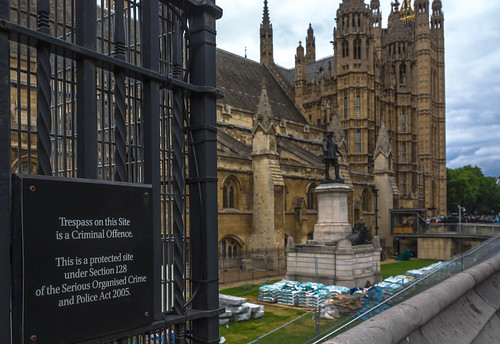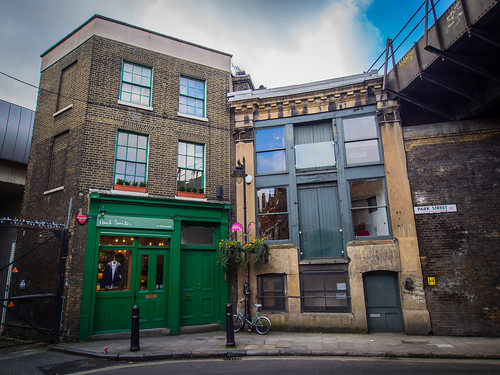
Usually I've only converted DVDs a few at a time to work inside iTunes, so it was my recent short blitz of about 30 DVDs that made me take a little more notice of the format.
My pragmatic view is that it is still 'good enough' for many movies, even though there's increasing HD streaming and the declining Bluray as alternatives.
Traditional European PAL standard television has 625 lines of which 575 are used to make the actual picture, with the rest for controls and suchlike. The Americans use NTSC which uses 525 lines of which 483 are used to make the picture.
As a consequence, PAL DVDs are usually either 576 or 540 lines in their source definition. The normal width is 720 pixels, making a total pixel count of around 400,000 or 0.4megapixels.
In practice, the width is often stretched to make the wide-screen formats which mostly show up on television as 16:9. The original widescreen movie formats with 35mm film stock use anamorphic lenses to compress the image widthways and then have it stretched back out when projected in a cinema. See the squashed looking car below...

Otherwise, only a small part of the film frame would be used when making the movie.

Television/computer playback uses a similar trick, stretching letterbox and widescreen formats so that they look right on replay.
That's how systems like Panavision worked and the technique persists to this day, although increasingly with digital filming, the sensor ratios can be adjusted for the format.
It also means that home entertainment systems have to handle upscaling from the standard definition format, so that the picture isn't just a small rectangle in the middle of the screen.
Ever since the old cathode ray tubes gave way to flat panels, the number of available pixels (lines and columns) has been increasing. The commonest 1080p HD format has, yes, 1080 lines instead of 575. Blu-ray goes to 1920 across × 1080 lines of pixels. The newer 4k is 3840 x 2160 (8 megapixels) and 8k is 7680 × 4320 (33.2 megapixels). Naturally, as the pixels increase, so does the replay bandwidth requirement.
Confusingly, digital cinemas have either 2K cinema screens (2048×1080 or 2.2 megapixels) or 4K cinema (4096×2160 or 8.8 megapixels). And IMAX? It's often a projection of 70mm film although they are also using doubled up 2k projectors nowadays.
Whew.
So back to my conversion of DVDs. Tradeoff of content, quality and convenience.
I'll simply preserve the original quality of the DVD. That means the maximum I can squeeze out of the DVD is 720x576. With anamorphic conversion this goes up to generally a maximum of 1080 across. The rest becomes a function of the upscaling available on the playback equipment. 15 minutes to convert, auto-catalogue with MetaZ, adding the 1.3Gb image size with 5.1 sound to iTunes.
And you know what? For practical day-to-day viewing at normal distances, the DVD quality still seems fine as a tradeoff between quality and convenience. Wanna see that old favourite movie again? Yes, it's here and right now.
Of course I'll still watch movies in higher definition from streaming or occasional Bluray (weird that it auto-corrects to blurry?) and I'll sometimes notice the difference for the first few minutes. Then the story kicks in and with a few exceptions, the technical wizardry isn't as significant.














